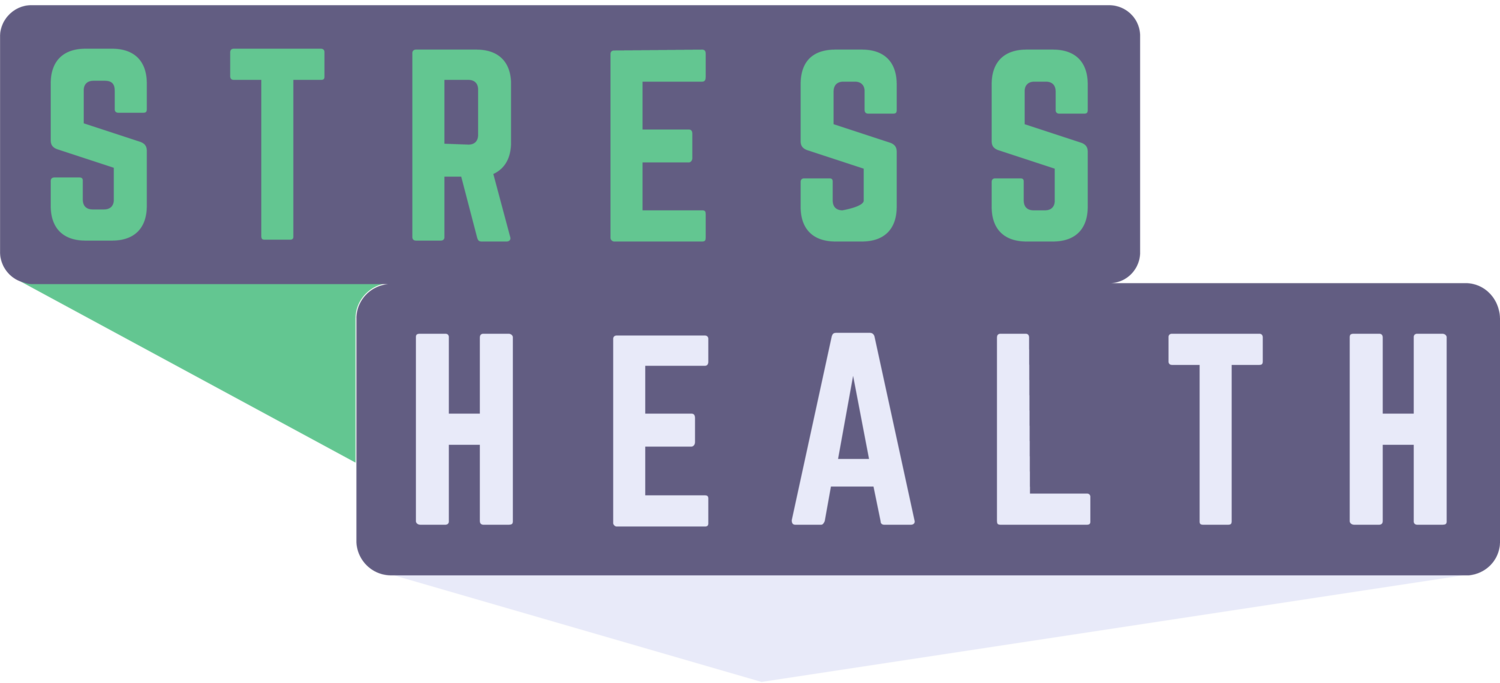ACEs and Sleep Problems: What We Know So Far
Researchers are just beginning to take a deep look at sleep disorders in children with Adverse Childhood Experiences (ACEs). However, over the last 20 years, studies have found an association between ACEs and multiple sleep disorders in adulthood, according to a systematic review in Sleep Medicine published in 2015.
The sleep disorders ranged from distressing nightmares, sleep paralysis, narcolepsy (uncontrollable sleep attacks during the day), sleep apnea (a condition in which breathing during sleep stops for more than 10 seconds), and psychiatric sleep disorders.
In addition, children with ACEs may be more prone to sleep disturbances. That’s a problem, since research shows kids who are sleep-deprived may be moody and have problems with memory, learning and problem-solving.
Toddlers, for example, need 12 to 14 hours of sleep every day, according to Harvey Karp, MD, a pediatrician, assistant professor of pediatrics at the University of Southern California School of Medicine, and CEO of Happiest Baby, Inc. “Sleep-deprived toddlers tend to be far more irritable and moody than normal,” Karp said. “Too little sleep can also trigger a host of behavior problems like tantrums, aggression, impulsivity, and defiance.”
Sleep disturbances do not mean a child (or adult) has experienced ACEs, of course, since sleep problems in children are widespread. But it’s important to deal with any persistent sleep disorders because losing sleep can do more than make us tired and cranky. As the authors of Sleep Medicine’s systematic review explain, sleep disorders can lead to severe health outcomes, including obesity, hypertension and diabetes.
In addition, the authors added, sleep disorders appear to play a part in the association between ACEs and those health outcomes.
Tips for getting your kids (and yourself!) a good night’s sleep
What can you do if your child has trouble sleeping or a persistent sleep disorder? Here are some tips from Karp and other experts:
Play outside every day. Karp advises starting the bedtime routine long before kids actually go to bed. One of the best ways for kids to get a sound sleep, he says, is to make sure they get plenty of fresh air, sunshine, and exercise. Make sure you get some exercise, too.
Talk with your doctor. If the problem is something like sleep apnea (in which you or your child stops breathing during sleep and then starts with a gasp multiple times a night), the problem may require medical treatment. Also, if your child has ACEs, your health provider may be able to suggest next steps for underlying issues.
Create a secure, relaxing sleep routine. This often involves a bath, toothbrushing, bedtime story or reading aloud, and hugs before light’s out. Like family dinners, this can provide an important “anchoring” ritual that will help kids feel connected and secure.
Have kids turn off their electronics an hour or two before bedtime. According to the National Sleep Foundation (NSF). “The blue light that’s emitted from these screens can delay the release of sleep-inducing melatonin, increase alertness, and reset the body’s internal clock (or circadian rhythm) to a later schedule.” The problem is blue light’s shorter wavelength, which delays melatonin more than any other wavelength and can give kids and teens what the NSF calls “a case of mini jet lag.”
Choose relatively calm shows or videos for preschoolers. A 2011 study in Pediatrics found that kids who watched violent TV during the day were more likely to have problems sleeping. And “violent,” in this study, included the frenzied cartoon antics of shows like SpongeBob Squarepants. A follow-up study found that substituting shows like Curious George or Sesame Street resulted in a better night’s sleep for preschoolers.
Set a regular bedtime. Below is a sleep chart from the CDC that can give you an estimate of how many hours of sleep you and your child need, depending on your ages. Do your best to stick with the regular bedtime, and the whole family may feel more refreshed.
References
Adverse Childhood Experiences Are Associated with Adult Sleep Disorders: A Systematic Review. (2015, March). Kajeepeta, S., et al.
Cappuccio FP, D'Elia L, Strazzullo P, Miller MA. Sleep duration and all-cause mortality: a systematic review and meta-analysis of prospective studies. Sleep. 2010;33:585–92.
Colten H.R., Altevogt B.M. (2006). Sleep disorders and sleep deprivation: an unmet public health problem. Institute of Medicine: National Academies Press; Washington, DC: Institute of Medicine Committee on Sleep Medicine and Research.
Gangwisch JE, Heymsfield SB, Boden-Albala B, Buijs RM, Kreier F, Pickering TG, et al. Short sleep duration as a risk factor for hypertension: analyses of the first National Health and Nutrition Examination Survey. Hypertension. 2006;47:833–9.
Garrison, M.M., Liekweg, K., and Christakis, D.A. (2011, June). Media use and child sleep: the impact of content, timing, and environment. Pediatrics 128(1):29–35.
Garrison, M.M., and Christakis, D.A. (2012, September). The Impact of a Healthy Media Use Intervention on Sleep in Preschool Children. Pediatrics 130 (3). Retrieved from http://pediatrics.aappublications.org/content/130/3/492?sid=d7853b78-d867-40d2-adf4-ff76f9fcc8e0

